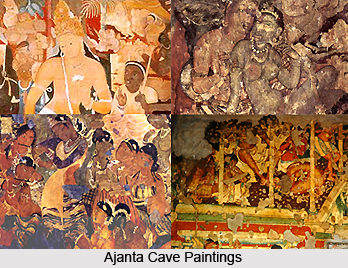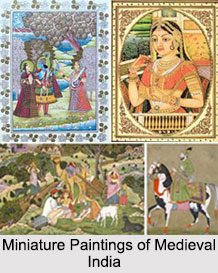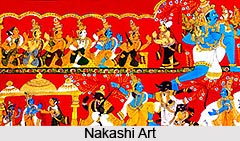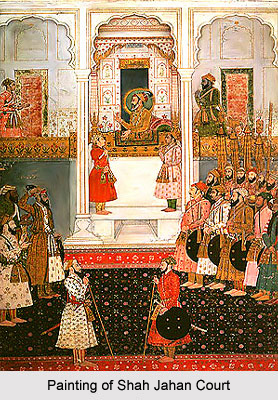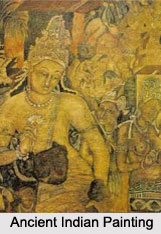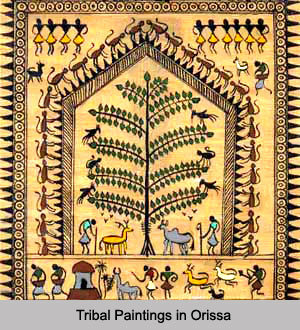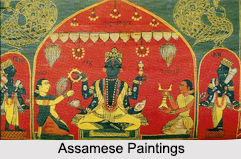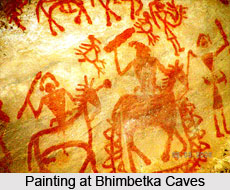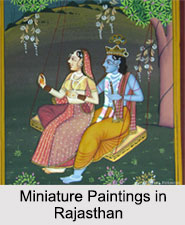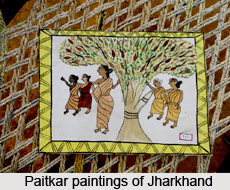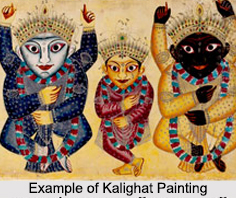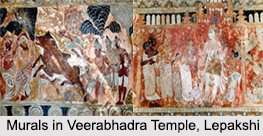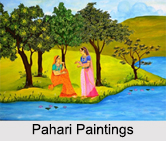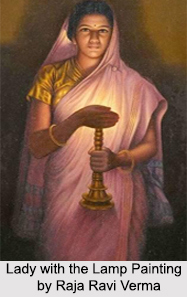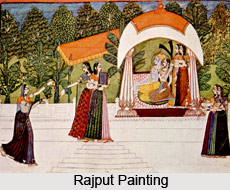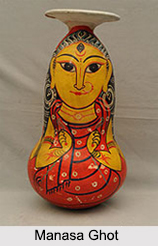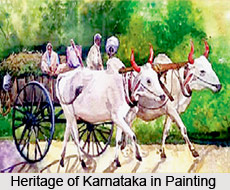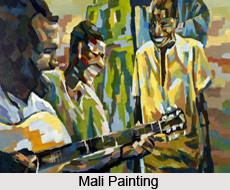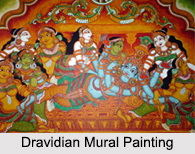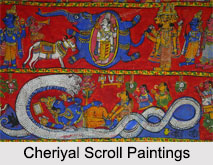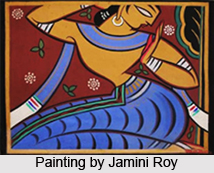 Jamini Roy was born on April 11, 1887 in the district of Bankura in West Bengal. He was sent to study at the Government School of Art in Kolkata. He was taught in the academic tradition of drawing Classical nudes and painting in oils and received his Diploma in Fine Art in 1908. He is one of the most famous painters of the late nineteenth to mid twentieth century who created his own language of painting which was marked by the traditional folk arts of Bengal. His paintings were the symphony of bold lines, colorful palette and simple rhythmic life of rural Bengal.
Jamini Roy was born on April 11, 1887 in the district of Bankura in West Bengal. He was sent to study at the Government School of Art in Kolkata. He was taught in the academic tradition of drawing Classical nudes and painting in oils and received his Diploma in Fine Art in 1908. He is one of the most famous painters of the late nineteenth to mid twentieth century who created his own language of painting which was marked by the traditional folk arts of Bengal. His paintings were the symphony of bold lines, colorful palette and simple rhythmic life of rural Bengal.
Italian artist Gilerdy taught him the style of western art and Principal Percy Brown showed him the techniques of oriental art. Initially he started with impressionist landscapes and portraits. He soon realised that he needed to draw inspiration from his own culture and so he looked to the living folk and tribal art for inspiration. He was highly influenced by the Kalighat Paintings. He began his first period of experimentation with the Santhal dance.
Jamini Roy`s artistic career can be divided into different phases like the master artist Picasso. The first phase was a blunder as he worked in European post-impressionist style though he acquired much skill. He made some brilliant forays in the post-impressionist genre of landscape and portraits copying the style of Van Gogh, Cezanne and Gauguin.
His new style was a reaction against the Bengal School and the Western tradition. He basically wanted to capture the essence of simplicity embodied in the life of the folk people. He aimed to make art accessible to a wider section of people and desired to give Indian art its own identity. Both his occidental and oriental style was characterized by flat treatment of colors.
During this mature phase of his artistic endeavor Jamini Roy abandoned the formal elements of European Academic Style and confined himself in simple indigenous material and forms. Though he continued in a traditional way he brought modern setting and style of art. He adopted his subjects from Ramayana and Mahabharata, folk dolls, child art and `Patas` of rural Bengal, as well as god and goddesses and joy and sorrow of common people. In these paintings he deliberately avoided the three-dimensional form and acquired simple non-descriptive forms while using flat tone of colors. Like the rural folk-painters and potters of Bengal, Jamini Roy used cheap indigenous pigments like lampblack, chalk-powder, leaves and creepers for his art to make them within the reach of the affluent as well as the poor. Even today these paintings have a great value in beholders` eyes.
His work has been exhibited extensively in international exhibitions and can be found in many private and public collections such as the Victoria and Albert Museum, London. In 1934, he received a Viceroy`s gold medal in an all India exhibition for one of his work. In 1954 he was awarded the Padma Bhushan by the Government of India. In his long career spread over half a century Jamini Roy earned fame and popularity though his contemporary artists hardly accepted his techniques and style. This most celebrated painter died on 1972 in Calcutta at the age of 85.
